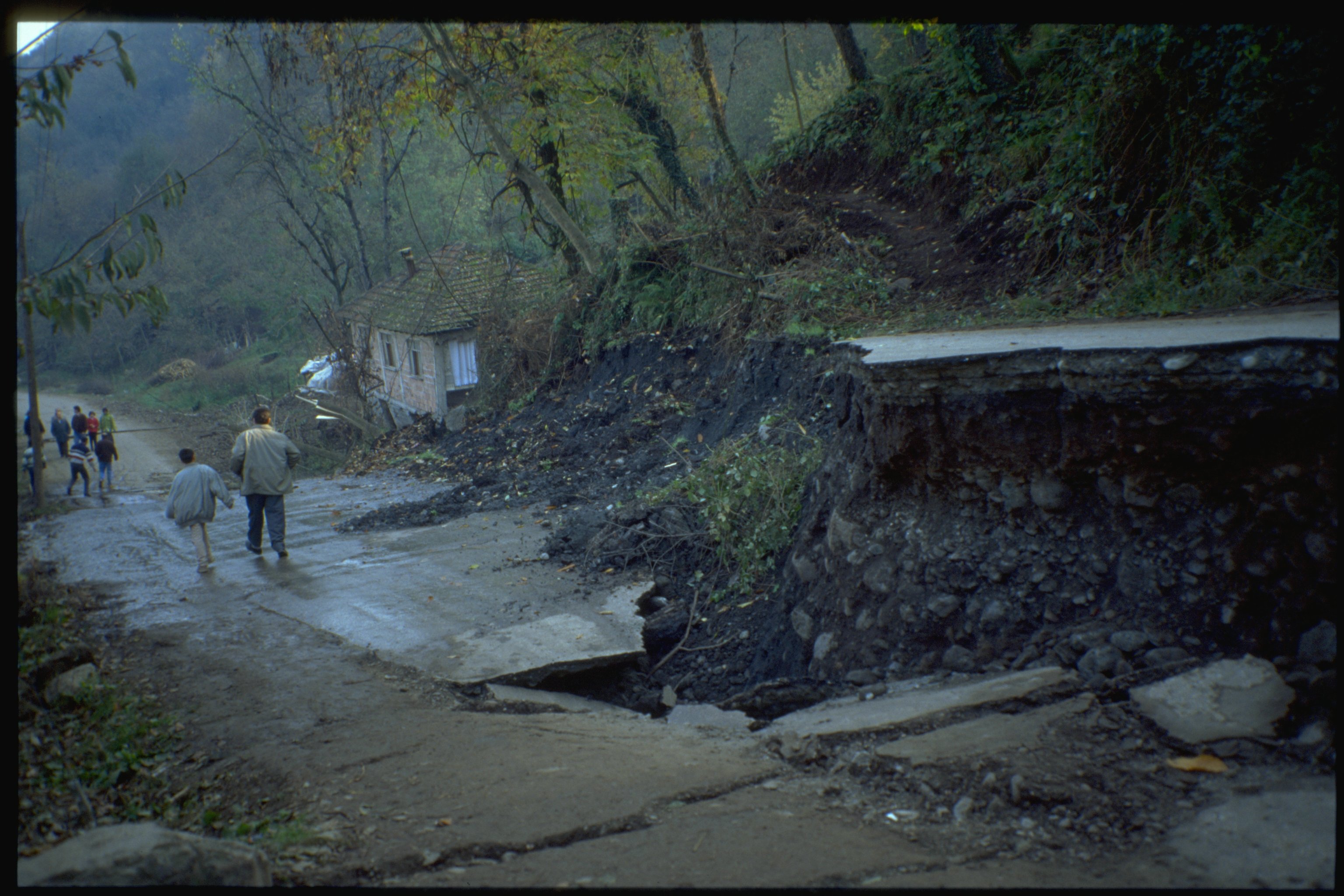All Categories
Featured
Table of Contents
Geoscientist - College Of Science in Mahogany Creek Western Australia 2023

The main model for the radial structure of the interior of the Earth is the initial recommendation Earth design (PREM). Some parts of this model have been updated by current findings in mineral physics (see post-perovskite) and supplemented by seismic tomography. The mantle is generally composed of silicates, and the boundaries in between layers of the mantle are constant with phase transitions.

Schematic of Earth's magnetosphere. Flows from left to.
Inside the magnetosphere, there are relatively thick areas of solar wind particles called the Van Allen radiation belts. Geophysical measurements are usually at a specific time and location. Precise measurements of position, in addition to earth contortion and gravity, are the province of geodesy. While geodesy and geophysics are different fields, the 2 are so closely connected that lots of scientific companies such as the American Geophysical Union, the Canadian Geophysical Union and the International Union of Geodesy and Geophysics include both.
Geophysical Investigations in Palmyra Australia 2021
A three-dimensional position is determined using messages from 4 or more visible satellites and described the 1980 Geodetic Referral System. An alternative, optical astronomy, integrates astronomical collaborates and the regional gravity vector to get geodetic collaborates. This technique just offers the position in two collaborates and is more difficult to utilize than GPS.
Relative positions of 2 or more points can be identified using very-long-baseline interferometry. Gravity measurements ended up being part of geodesy due to the fact that they were needed to related measurements at the surface of the Earth to the referral coordinate system. Gravity measurements on land can be made using gravimeters released either on the surface area or in helicopter flyovers.
Sea level can likewise be determined by satellites using radar altimetry, contributing to a more accurate geoid. In 2002, NASA launched the Gravity Recovery and Environment Experiment (GRACE), in which two twin satellites map variations in Earth's gravity field by making measurements of the distance in between the 2 satellites utilizing GPS and a microwave varying system. Satellites in space have made it possible to collect information from not just the visible light area, but in other areas of the electro-magnetic spectrum. The planets can be characterized by their force fields: gravity and their electromagnetic fields, which are studied through geophysics and area physics. Determining the changes in velocity experienced by spacecraft as they orbit has enabled great details of the gravity fields of the worlds to be mapped.
Marine Geology And Geophysics in Walliston Oz 2021

Because geophysics is worried with the shape of the Earth, and by extension the mapping of functions around and in the planet, geophysical measurements consist of high accuracy GPS measurements. When the geophysical measurements have actually been processed and inverted, the interpreted results are plotted using GIS.
Lots of geophysics companies have actually developed in-house geophysics programs that pre-date Arc, GIS and Geo, Soft in order to fulfill the visualization requirements of a geophysical dataset. Exploration geophysics is used geophysics that typically uses remote sensing platforms such as; satellites, airplane, ships, boats, rovers, drones, borehole sensing devices, and seismic receivers.
Aeromagnetic data (airplane collected magnetic information) gathered utilizing standard fixed-wing aircraft platforms need to be fixed for electro-magnetic eddy currents that are created as the airplane moves through Earth's electromagnetic field. There are likewise corrections associated with changes in determined prospective field strength as the Earth turns, as the Earth orbits the Sun, and as the moon orbits the Earth.
What Does A Geophysicist Do? Role & Responsibilities in St James WA 2020
Signal processing includes the correction of time-series data for unwanted noise or errors introduced by the measurement platform, such as aircraft vibrations in gravity information. It also includes the decrease of sources of sound, such as diurnal corrections in magnetic information., meteorology, and physics.
The magnetic compass existed in China back as far as the fourth century BC. It was not till excellent steel needles might be forged that compasses were used for navigation at sea; prior to that, they might not retain their magnetism long enough to be helpful.
By looking at which of 8 toads had the ball, one might determine the direction of the earthquake.'s (1600 ), a report of a series of careful experiments in magnetism.
Geophysicist Jobs in Mirrabooka Oz 2023
In 1687 Isaac Newton released his, which not only laid the foundations for classical mechanics and gravitation Also explained a range of geophysical phenomena such as the tides and the precession of the equinox. The first seismometer, an instrument efficient in keeping a continuous record of seismic activity, was built by James Forbes in 1844. Geochemistry, Geophysics, Geosystems. National Aeronautics and Area Administration. Retrieved 13 November 2018.
Leipzig. Berlin (Gebruder Borntraeger). Runcorn, S.K, (editor-in-chief), 1967, International dictionary of geophysics:. Pergamon, Oxford, 2 volumes, 1,728 pp., 730 fig Geophysics, 1970, Encyclopaedia Britannica, Vol. 10, p. 202-202 Ross 1995, pp. 236242 Shearer, Peter M. (2009 ). Introduction to seismology (second ed.). Cambridge: Cambridge University Press. ISBN 9780521708425. Stphane, Sainson (2017 ).
Latest Posts
Geophysical Survey Methods in Western Australia 2021
Geophysicist Salary in Wembley Downs Aus 2021
Bsc Geophysics in Safety Bay WA 2023